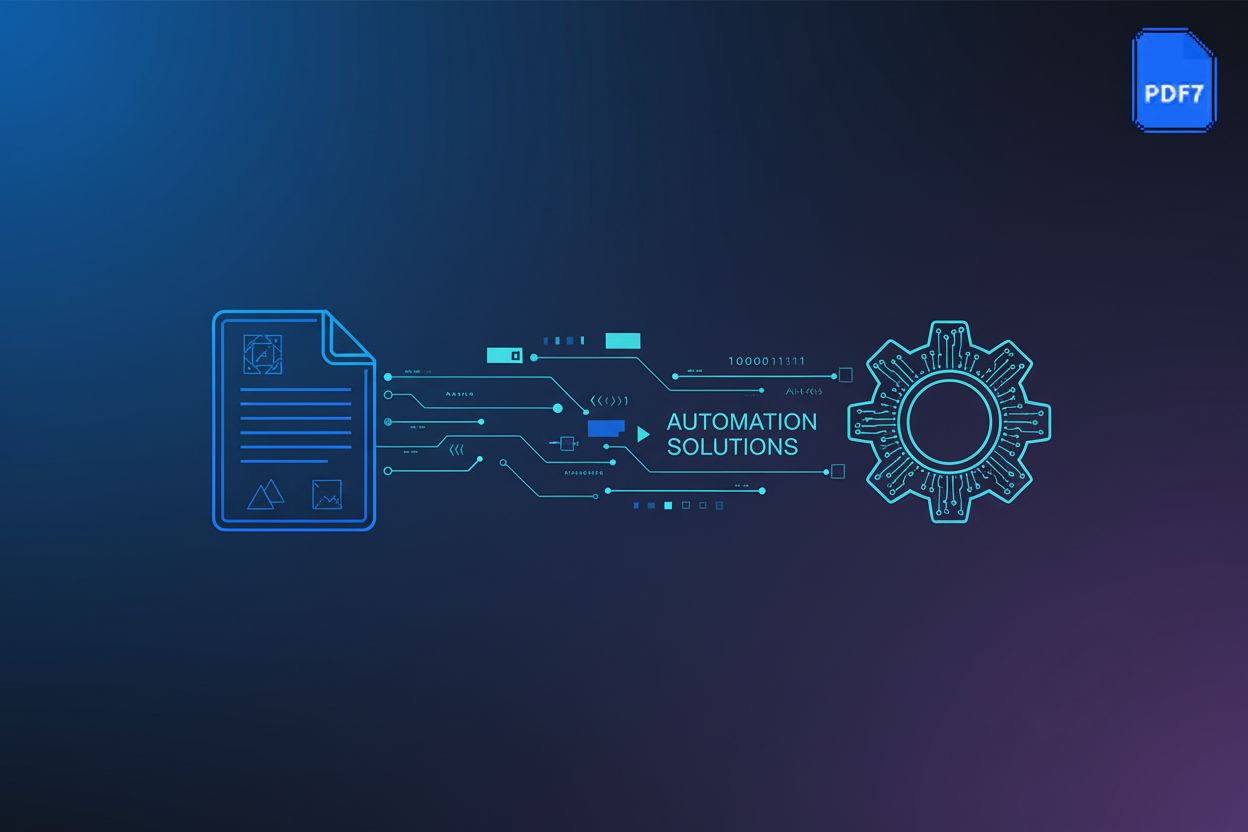How to Easily and Properly Copy Text from a PDF
TL;DR
Understanding the Basics of Copying Text from PDFs
Ever tried copy-pasting from a pdf and ended up with a jumbled mess? Yeah, it's a common pain! Let's dive into why that happens and how to fix it.
- pdfs are more for viewing than fiddling around with the text, so editing isn't always easy. (Solved: Re: Editing text in PDF - driving me crazy!)
- Sometimes, the text isn't even text, it's part of a picture. Meaning you can't just select and copy it. (I cant copy paste text from pictures : r/applehelp)
- And even when you can copy, the formatting can go haywire! This happens because PDFs can store text in different ways. For instance, text might be laid out in columns, or use special fonts that aren't on your computer. Sometimes, the reader just doesn't interpret the layout quite right when you try to copy it, leading to weird spacing or jumbled characters. (Word - text spacing goes haywire)
So, what makes one pdf different from another? It's all about how the text and graphics are actually stored within the file itself.
Simple Copy-Pasting: When It Works and When It Doesn't
Okay, so you're trying to copy text outta a pdf, huh? Sometimes it's smooth sailing, other times... not so much. It's like the pdf wants to mess with you!
- The most basic way? Just using your mouse to select the text, then hitting ctrl+c (or cmd+c on a mac) is usually the first thing to try. Works great when it does, but...
- Right-clicking and choosing "copy" is another option. It's pretty much the same as the keyboard shortcut, and sometimes one might work when the other doesn't, though that's pretty rare.
- And then there's the times were even that doesn't work. Like, you can select the text, but the copy option is greyed out, or nothing happens when you paste it. Ugh!
It can be a frustrating, honestly! Next up, we'll get into what to do when the simple methods fail, and trust me, things can get weird.
Using OCR to Extract Text from Scanned PDFs
Ever wondered how those PDFs with scanned pages magically turn into selectable text? It's all thanks to ocr, or Optical Character Recognition, and it's honestly kinda neat.
ocr basically takes a picture of text and figures out what the letters are. Think about old documents, or even images with text on 'em. Without ocr, you can't copy anything.
It's super useful in tons of industries. Healthcare could use it to pull info from scanned patient records, or retail could extract data from receipts. It's even handy in finance to process bank statements. the thing is; it's not always perfect.
The accuracy really depends on the quality of the scan and the ocr "engine" doing the work. a blurry image, or a weird font, and things can get tricky.
So, how do you actually do it? Well, there's a few ways. Some tools, like Adobe Acrobat, have built-in ocr features. To use it, you typically open the PDF, look for an "Enhance Scans" or "Recognize Text" option (the exact wording can vary by version), and then run the ocr process. There's also online tools like pdfcreator online Copy text from PDF for free with PDFCreator Online that can get the job done.
Next up, we'll dive into some more advanced ways to tackle tricky PDFs.
Advanced Techniques for Copying Text
So, you're ready to level up your PDF text-copying game, huh? Sometimes, the basic methods just don't cut it. It's like trying to open a stubborn jar—time to bring out the fancy tools!
Converting Your PDF: Think of this as turning your PDF into something way more cooperative. You can use tools like Adobe Acrobat (if you're feeling fancy), Google Docs (free and easy!), or a bunch of online converters that will do the trick.
Why convert? Well, it often preserves the formatting way better, making editing a breeze. But, fair warning, things can get a little wonky depending on the PDF's complexity.
Specialized PDF Tools: These are the ninjas of text extraction. Apps like ABBYY FineReader and PDFelement are like, laser-focused on getting text outta PDFs. Perfect for BIG documents or ones with complicated layouts, you know?
Dealing with Protected PDFs: Bypassing Restrictions (Ethically)
Ever get that feeling when a PDF is like Fort Knox? Yeah, protected PDFs can be a real headache, but it's not always a lost cause.
PDF Security Settings: They come in a few flavors, really.
- There's the classic password protection, where you can't even open the thing without the right code.
- Then you got permission restrictions; maybe you can see it, but copying, printing, or editing is a no-go.
- And don't forget digital signatures – those are more about knowing the document is legit and hasn't been tampered with.
Ethical Boundaries: Here's the deal, alright?
- Always respect copyright laws. It's just the right thing, you know?
- Only try to bypass restrictions on stuff you own or have permission to mess with.
- And for the love of everything, don't go spreading copyrighted material without permission. That's a big no-no!
So, how do you deal with these locked-down PDFs? If you know the password for opening, just enter it. For permission restrictions, if you have the right to edit or copy, you might need to use a legitimate pdf editor that can remove those restrictions, often by re-saving the document. If you don't have permission, you'll need to contact the document's owner.
Formatting and Post-Processing: Cleaning Up Your Copied Text
Ever copy text and it looks... nothing like the original? Yeah, it's annoying, but fixable! Cleaning up copied text is key for a professional look.
- Find and Replace is your friend. Word processors let you swap out weird line breaks, extra spaces, or other oddities. It's like a digital janitor for your text!
- Regular expressions are like super-powered search. If you're comfy with 'em, regex can handle complicated cleanups. Think of it as coding your text, but, like, way easier.
- Online tools can do the heavy lifting. Some websites specialize in text cleaning. Paste your text, click a button, and boom—clean!
Once the text is clean, you might want to make it look good. Use the format painter to copy styles between sections, or mess with themes for a consistent look. A readable, visually appealing document is way more persuasive.
Choosing the Right Tool for the Job: A Summary
Picking the right tool? It's like choosing between a hammer and a screwdriver—depends on the nail, right? So, here's the lowdown:
- Simple copy-paste: This is your go-to for basic, unlocked PDFs, you know? When the text is already selectable and behaving itself.
- ocr: Scanned docs or images where the text is basically a picture? ocr's your friend for sure; it's like teaching your computer to read.
- PDF conversion: Need to really mess with the text and formatting? Converting the PDF is the way to go.
- Specialized tools: Think of these as the heavy-duty options for trickier extractions or when you're processing a whole bunch of files at once.
Wrapping It Up
So there you have it—copying text from PDFs doesn't have to be a total nightmare. We've gone from the super simple stuff to some more advanced tricks. Remember, the key is to figure out what kind of PDF you're dealing with and then pick the right approach. Don't be afraid to try a few things; sometimes it just takes a little experimenting to get that text out just right. Happy copying!





